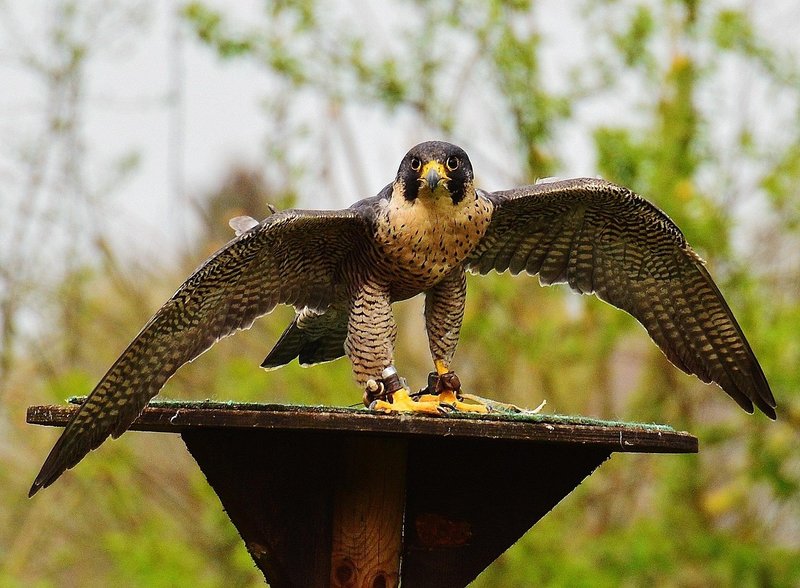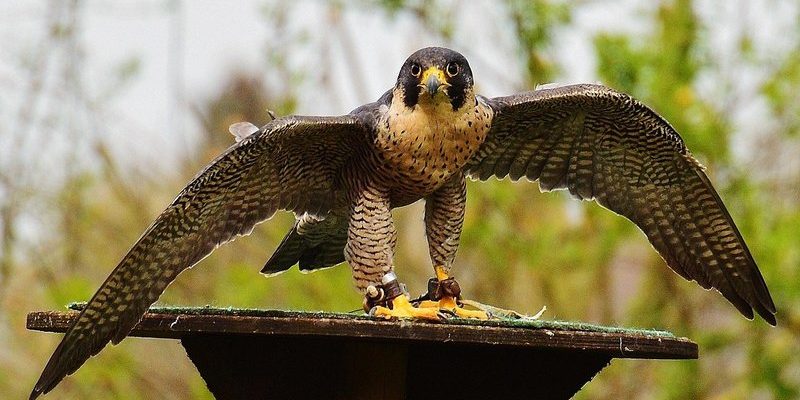
Falcons belong to the family Falconidae and are known for their remarkable vision and swift flight. There are several species, including the well-known Peregrine falcon, which is famous for being the fastest bird in the world. While some falcon populations have rebounded due to conservation efforts, others still face significant challenges. So, what’s really going on with these birds? Let’s break it down.
What Does “Threatened” or “Endangered” Mean?
Before we dive into the status of falcons, it’s essential to understand what these terms mean. Threatened species are at risk of becoming endangered in the foreseeable future. Think of it as a yellow light in traffic—caution is needed. On the other hand, endangered species are at a higher risk of extinction. This is more like a red light, indicating that immediate action is necessary.
These classifications are crucial as they inform conservation efforts and help us understand the urgency of protecting certain species. The International Union for Conservation of Nature (IUCN) uses specific criteria to categorize species, and these categories help guide conservation action.
Understanding these distinctions sets the stage for discussing where falcons stand in this spectrum.
Current Status of Falcon Populations
The status of falcon populations varies significantly by species. Take the Peregrine falcon, for instance. Once on the brink of extinction due to pesticide use, its population has greatly recovered and is now listed as least concern. That’s the good news!
On the flip side, species like the California condor or Aplomado falcon still face threats. Habitat destruction, climate change, and human interference are significant challenges. These factors can lead to a decline in their numbers, making conservation efforts critical.
It’s like a balancing act—some species are doing well, while others require close monitoring. Local conservation groups often step in to help, and their efforts can make a big difference in the survival of less fortunate falcon species.
Threats Facing Falcons Today
So, what exactly threatens falcons? Here are some of the primary culprits:
- Habitat Loss: Urban development and agriculture can destroy the natural habitats that falcons rely on.
- Pesticides: Chemicals used in farming can harm falcon populations and their prey, leading to declines.
- Climate Change: Changing weather patterns can impact food availability and nesting sites.
- Human Disturbance: Falcons often face threats from human activity, especially in nesting areas.
Each of these factors plays a role in the survival of falcons. For instance, if a falcon can’t find enough food due to pesticide use, it might struggle to reproduce successfully. It’s all interconnected.
Conservation Efforts and Success Stories
Fortunately, there’s a lot being done to help falcons. Conservation groups and wildlife organizations have taken steps to protect these magnificent birds. One notable success story is the Peregrine falcon. After being listed as endangered in the 1970s, efforts to ban harmful pesticides and create nesting programs led to a remarkable recovery.
Bird enthusiasts, volunteers, and researchers work tirelessly to monitor falcon populations and their habitats. For example, nesting boxes have been installed in urban areas to provide safe breeding sites. This creative solution has allowed falcons to thrive even in cities, where they might struggle otherwise.
We also see efforts to raise public awareness about the importance of protecting these birds. Educational programs help communities understand why falcons matter and how they can contribute to conservation.
How You Can Help Falcons
Feeling inspired? You can be part of the solution! Here are some simple ways to help falcons thrive:
- Support Conservation Organizations: Donate to or volunteer with groups focused on protecting falcons and their habitats.
- Educate Others: Share what you’ve learned about falcons with friends and family. The more people know, the better!
- Advocate for Wildlife Protection: Support policies and initiatives that protect natural habitats and reduce pesticide use.
- Observe Responsibly: If you’re a birdwatcher, respect nesting sites and keep your distance to avoid disturbing these beautiful birds.
Even small actions can make a big difference. Imagine if everyone did just one thing to help falcons!
Comparing Falcon Species: A Closer Look
Let’s take a moment to look at some specific falcon species and their conservation statuses.
| Species | Status | Threats |
| Peregrine Falcon | Least Concern | Habitat loss, climate change |
| Aplomado Falcon | Threatened | Habitat loss, pesticides |
| California Condor | Critically Endangered | Lead poisoning, habitat loss |
This table shows that while some falcon species are thriving, others need urgent help. It’s a reminder of the diversity in their populations and the varying levels of risk they face.
The Future of Falcons
Looking ahead, the future of falcons will depend on our actions. Continued conservation efforts and public support can drive positive change. To ensure that these incredible birds remain part of our skies, it’s crucial to protect their habitats and manage threats wisely.
As we learn more about falcons and what they need to thrive, we can all become advocates for their survival. Remember—protecting falcons is about protecting the balance of our natural world.
In conclusion, while some falcons are thriving thanks to concerted conservation efforts, others are still at risk. Understanding their threats and supporting actions to protect them can help ensure that these magnificent creatures continue to soar through our skies for generations to come. Let’s work together to keep the falcon flying high!

